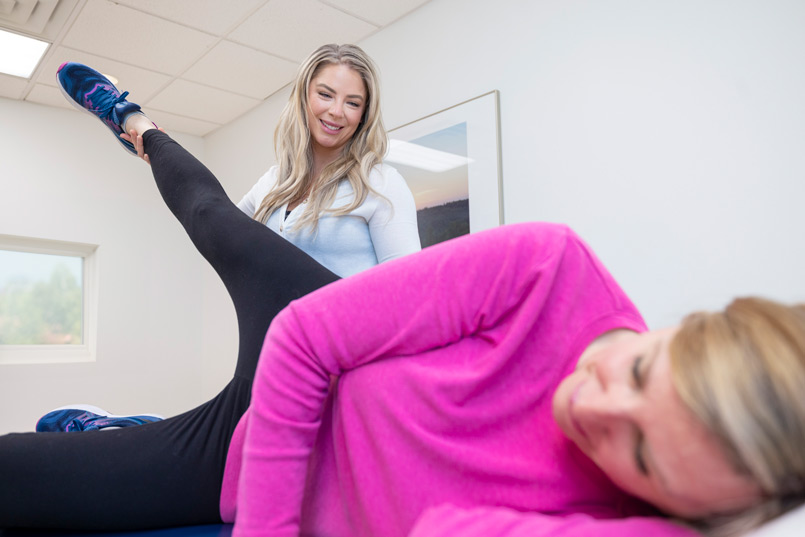Exploring the Effect of Manual Treatment Techniques on Alleviating Muscle and Joint Pain and Improving Client Outcomes
Exploring the Effect of Manual Treatment Techniques on Alleviating Muscle and Joint Pain and Improving Client Outcomes
Blog Article
Manual therapy methods are manual methods used by medical providers to treat musculoskeletal discomfort. These methods include various types of adjustment and mobilization of the human muscles and joints. The objective of hands-on therapy is to relieve discomfort, improve mobility, and enhance overall performance. Many individuals suffer from musculoskeletal pain due to trauma, poor alignment, or disorders like arthritis. By applying manual treatment, practitioners aim to tackle these issues and help patients regain their quality of living.
One common manual therapy technique is vertebral adjustment. This technique involves using precise pressure to the vertebral column to enhance positioning and decrease discomfort. Research has shown that spinal manipulation can be effective in managing lumbar spinal discomfort and cervical discomfort. Another method is soft connective tissue manipulation, which concentrates on reducing tightness in the muscle tissue and connective tissues. This can help reduce stiffness and improve flexibility, making it simpler for clients to navigate without pain. Both methods can be customized to meet the individual requirements of each client, ensuring a custom method to care.
In furthermore to discomfort alleviation, hands-on treatment can improve patient outcomes in various aspects. For example, it can boost blood flow, which helps supply oxygen and nutrients to the injured regions of the system. Better circulation can also promote healing and reduce swelling. Furthermore, manual therapy can help patients gain enhanced physical consciousness, which is essential for preventing future injuries. By understanding how their bodies move, patients can make better knowledgeable choices about their activities and posture, leading to long-term advantages.
The efficacy of hands-on treatment is often backed by patient feedback. Many patients indicate notable improvements in their pain levels and overall function after undergoing treatment. This positive response can lead to greater drive for patients to engage in physical activity and rehabilitation programs. When clients feel improved, they are more likely to engage in their recovery process, which can further enhance their results. This cooperative method between the provider and the client is crucial for achieving enduring results.
In conclusion, hands-on treatment techniques play a vital role in relieving muscle and joint discomfort and enhancing patient outcomes. By using methods such as vertebral adjustment and gentle tissue manipulation, medical providers can help clients recover mobility and alleviate pain. The advantages of hands-on treatment go beyond immediate discomfort alleviation, as it also encourages healing and encourages official source clients to take an proactive role in their rehabilitation. As an increasing number of individuals look for efficient therapies for muscle and joint concerns, manual therapy continues to be an essential choice in the field of medicine.
